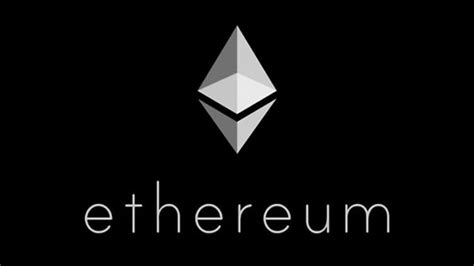Ethics of Ethereum Address Collisions: A Delicate Balance Between Security and Legality
As a user of the Ethereum blockchain, you’re probably familiar with the idea of generating an address and trying to protect it from others. But what happens when this process results in a collision—when two different addresses generate the same unique code? Does that mean your transfer is considered theft, or are there nuances to consider?
Address Collisions: A Technical Explanation
When you create a new Ethereum address, it’s created using a cryptographic algorithm called SHA-256. This algorithm generates a fixed-size hash of a provided private key and transaction data. The resulting address is unique to each user and is stored in a database on the Ethereum network.
In theory, the probability of two different addresses generating the same hash is very small—often considered negligible by security experts. But what happens when this collision occurs?
The Law: A Complex Picture

From a legal perspective, the outcome of an address collision depends on a variety of factors, including jurisdiction and the specific circumstances of the case.
- Intent: If one party intentionally attempts to cause a collision, their actions may be considered dishonest. However, if a collision occurs due to technical limitations or errors, the other party is unlikely to be held responsible.
- Practical Collisions: In some cases, users have reported collisions that occurred due to errors in the processing of a transaction. For example, an incorrect transaction signature could cause a collision. While theoretically possible, the probability of such incidents occurring is low.
- Ethereum’s Built-in Protections: The Ethereum network has various safeguards in place to prevent or mitigate address collisions. For example, in the event of a collision, the sender can choose to refund the amount of the transaction to the recipient.
Brute-Force Bitcoin: A Counterexample
The idea that brute-force attempts to mine Bitcoins are a form of theft is a topic of ongoing debate among experts. While the process requires significant computing power and energy, the high hash power available makes this scenario increasingly unlikely.
In 2016, it was reported that an attacker attempted to mine over 12 million Bitcoins using a combination of CPU cycles and GPU processing power. However, despite their efforts, they were unable to force the mining process forward due to the limitations of their hardware.
Conclusion
An address collision is not necessarily theft, but rather a technical limitation that affects the security of Ethereum and Bitcoin. When it occurs, users have various options to mitigate potential problems, such as refunding transaction amounts or choosing to use alternative cryptocurrencies.
Ultimately, the ethics of address collisions depend on the specific circumstances and intentions of the incident. By understanding the underlying mechanisms and laws governing these scenarios, users can make informed decisions on how best to handle them.
